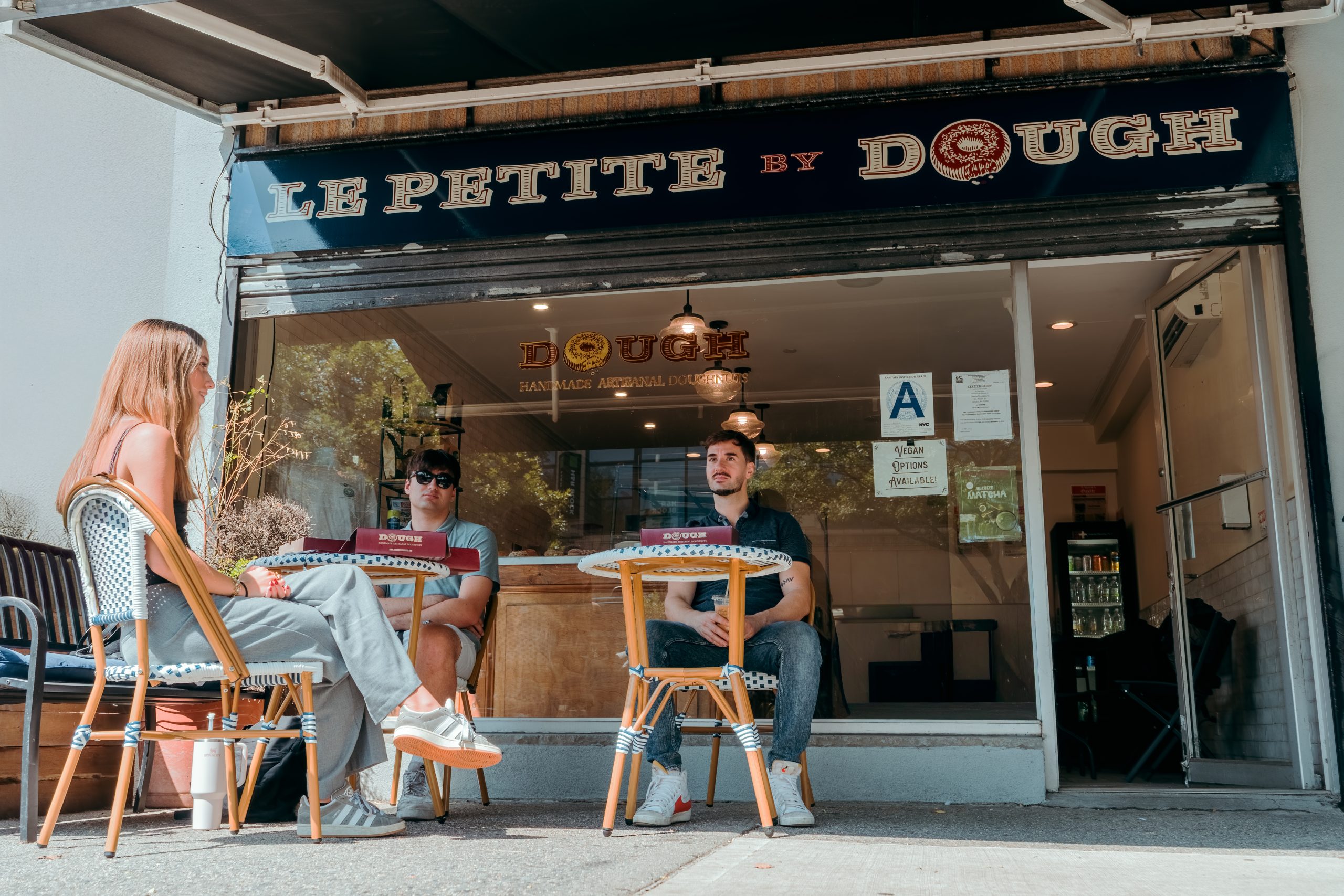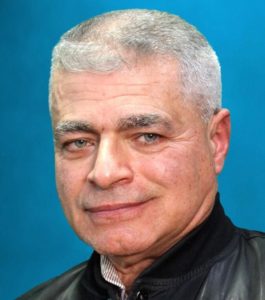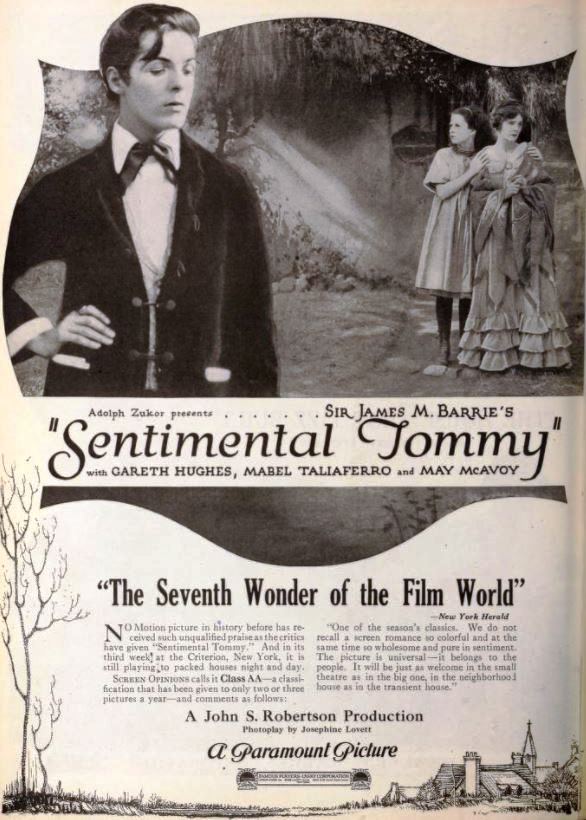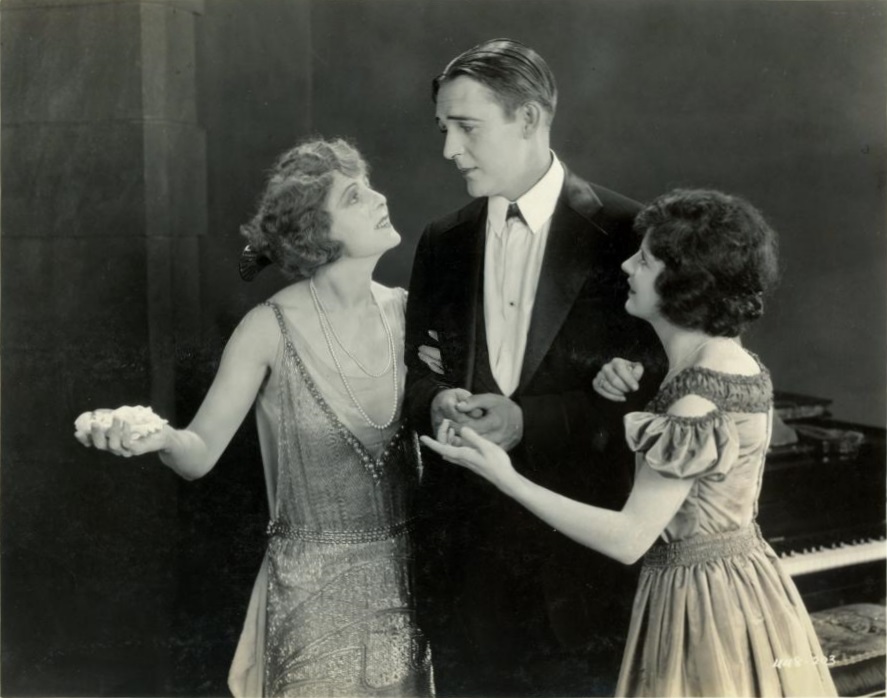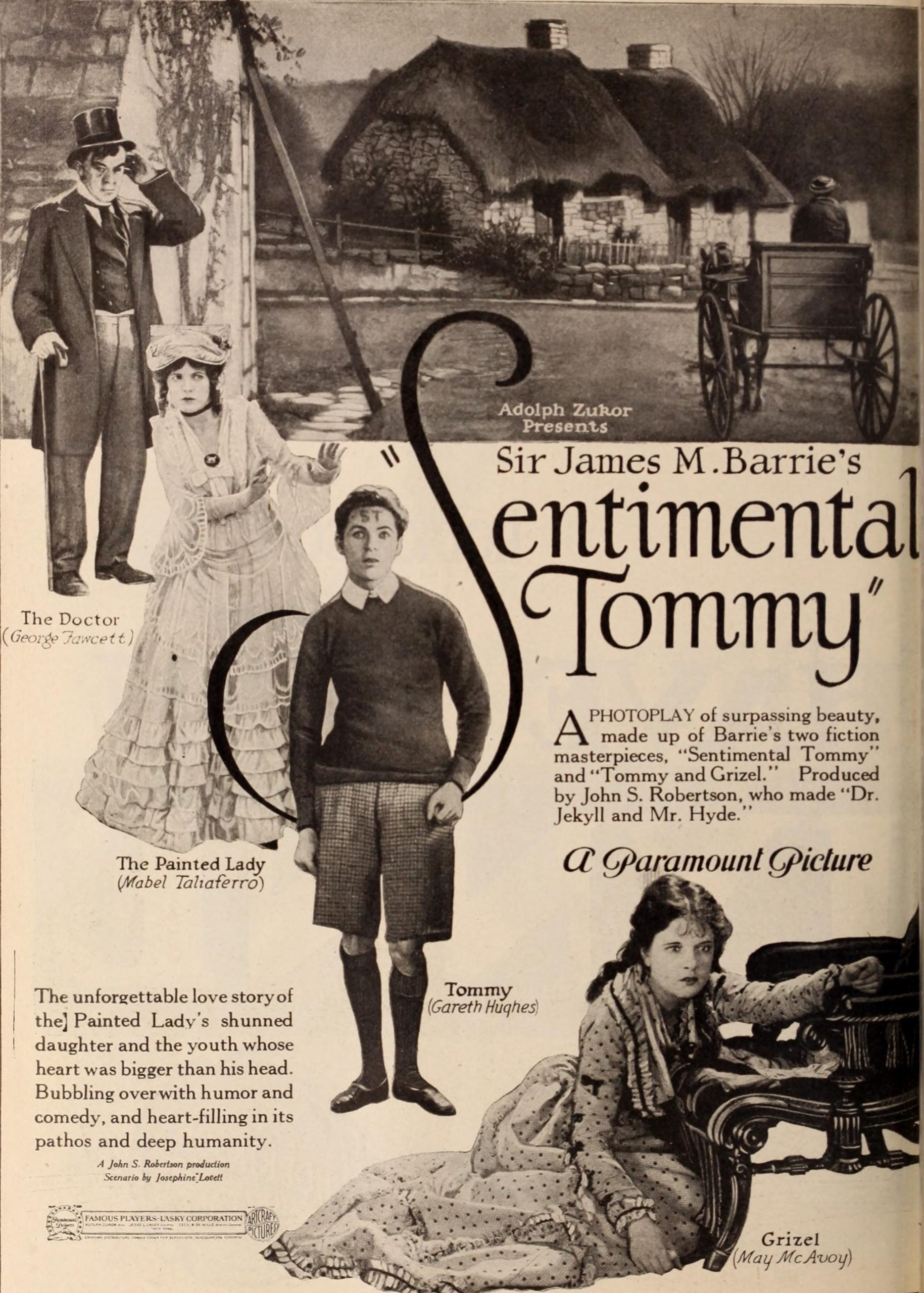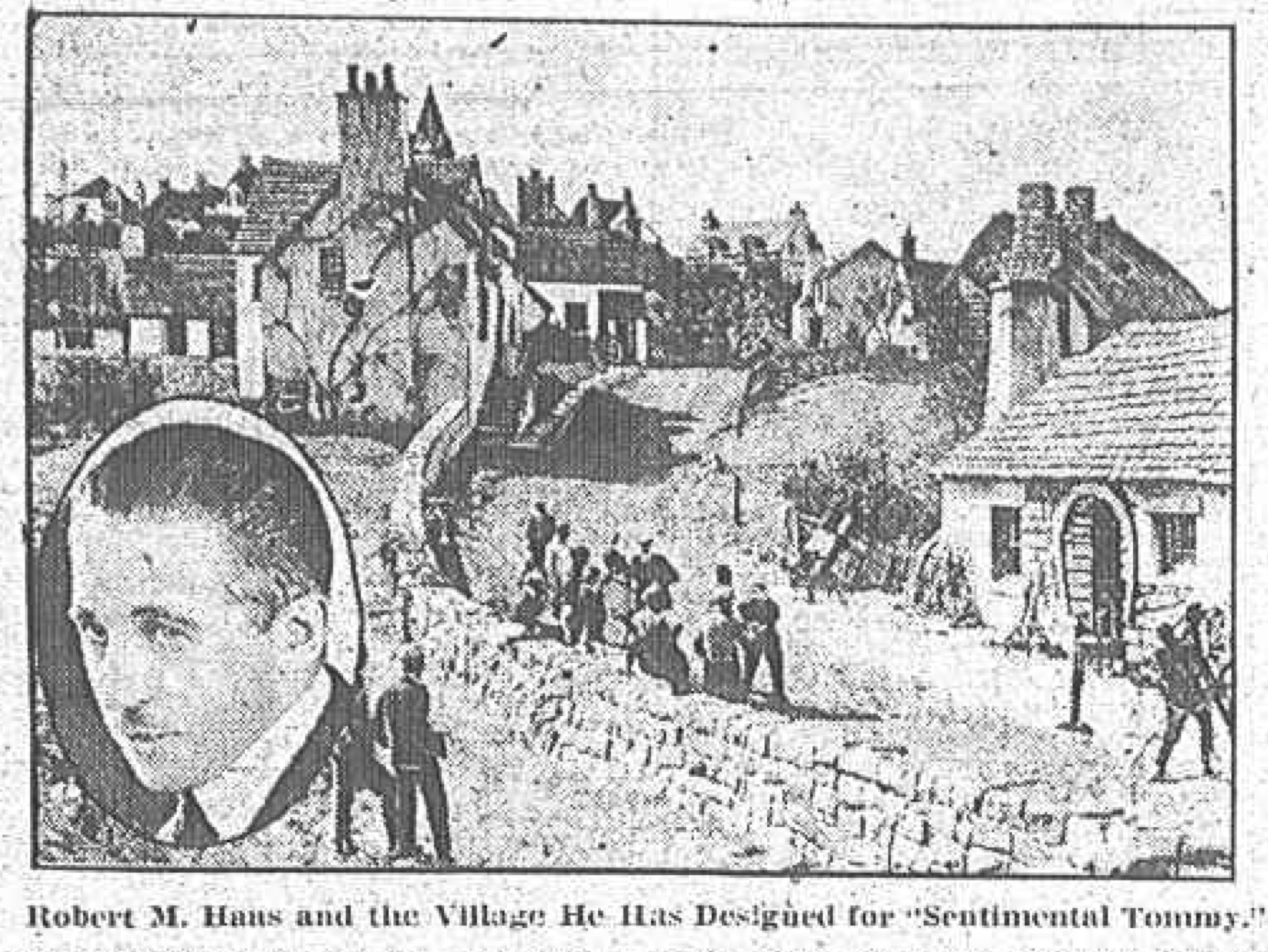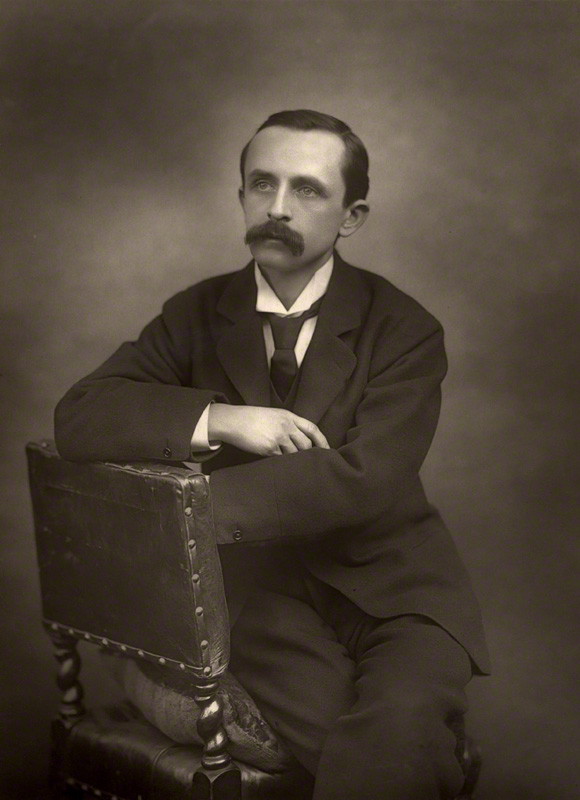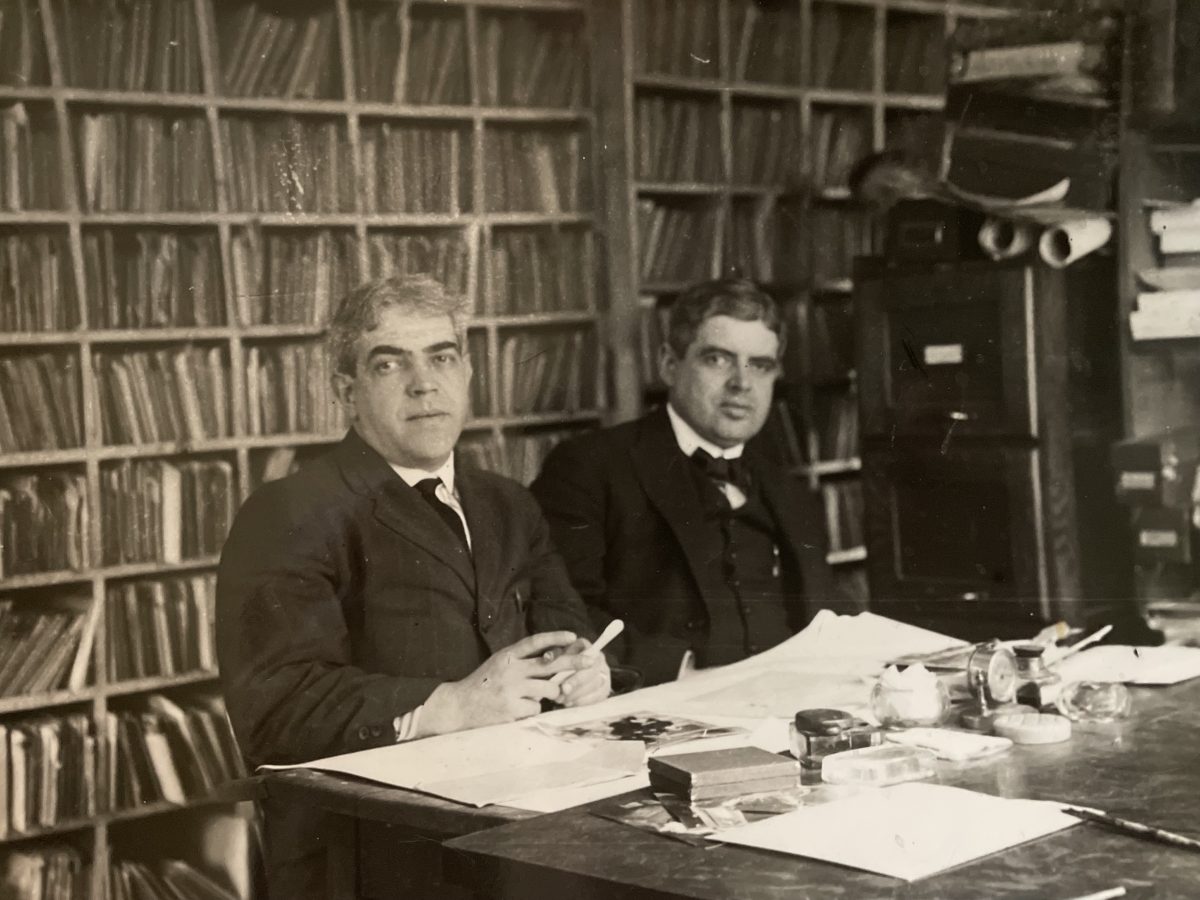By Michael Perlman
Percy Loomis Sperr, Eugene Armbruster, Jacob Riis, and among the most influential photographers… Brown Brothers! Founded in New York City in 1904 by brothers Charles H.S. Brown and Arthur R. Brown, the preeminent firm would be recognized for its production of several million stock photos and negatives, ranging from Forest Hills Gardens to The Kew-Forest School to the Queensboro Bridge undergoing development to New York at large. The collection continues with the American landscape and even worldwide. Sports and building interiors were also captured, and nearly all subjects. Today, Brown Brothers is acclaimed as America’s oldest stock photo syndicate, which brought news and commercial photography into the spotlight with their gelatin silver and albumen silver prints, and rare glass plate negatives.
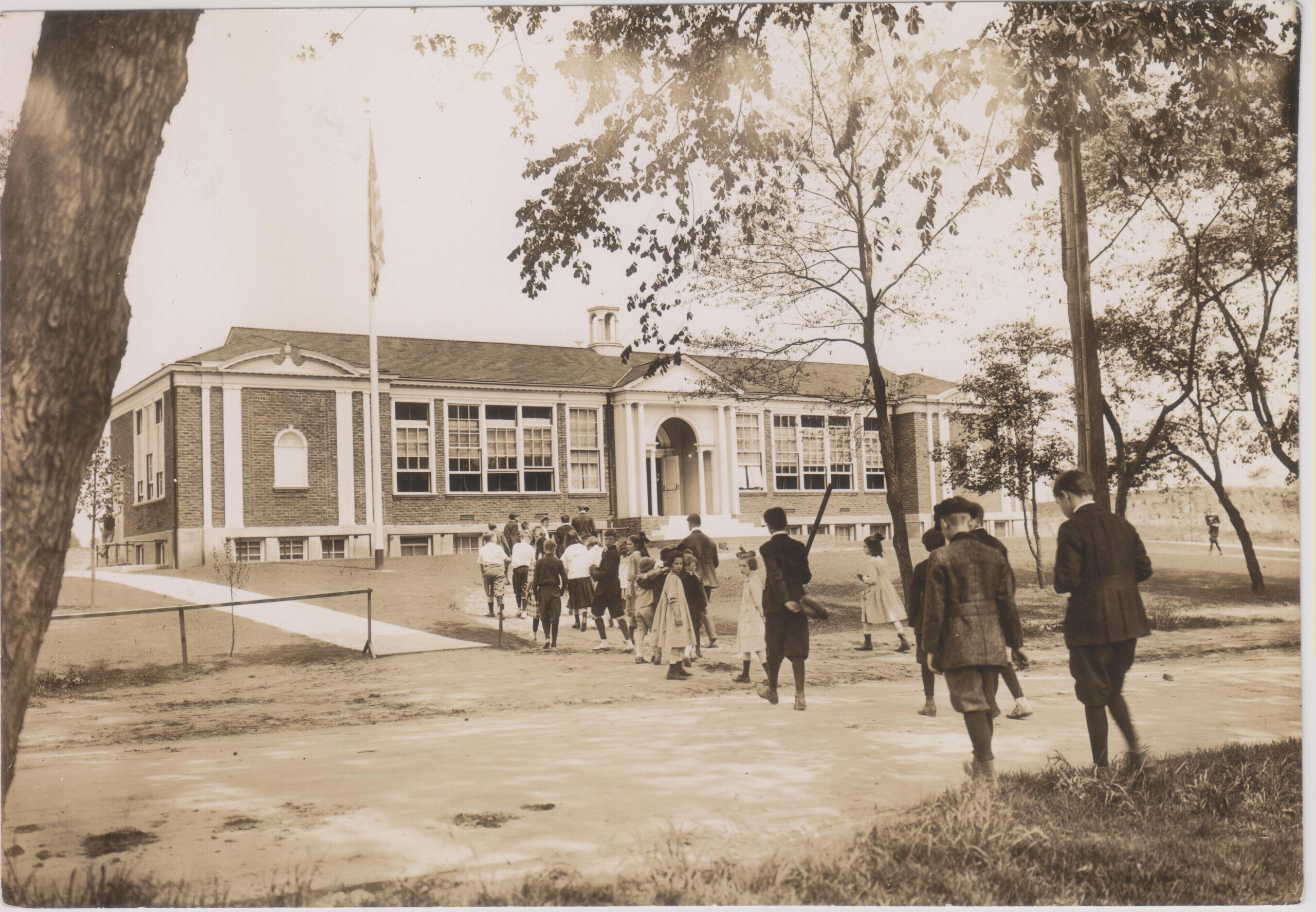
The Kew Forest School pre Union Turnpike, circa 1918
Some of their work is now available for purchase on eBay for the first time in history, and a sample is in the possession of this columnist. Their work can also be viewed in the collections of prominent museums, such as the New York Public Library, Library of Congress, Getty Museum, National Portrait Gallery, and Museum of Modern Art.
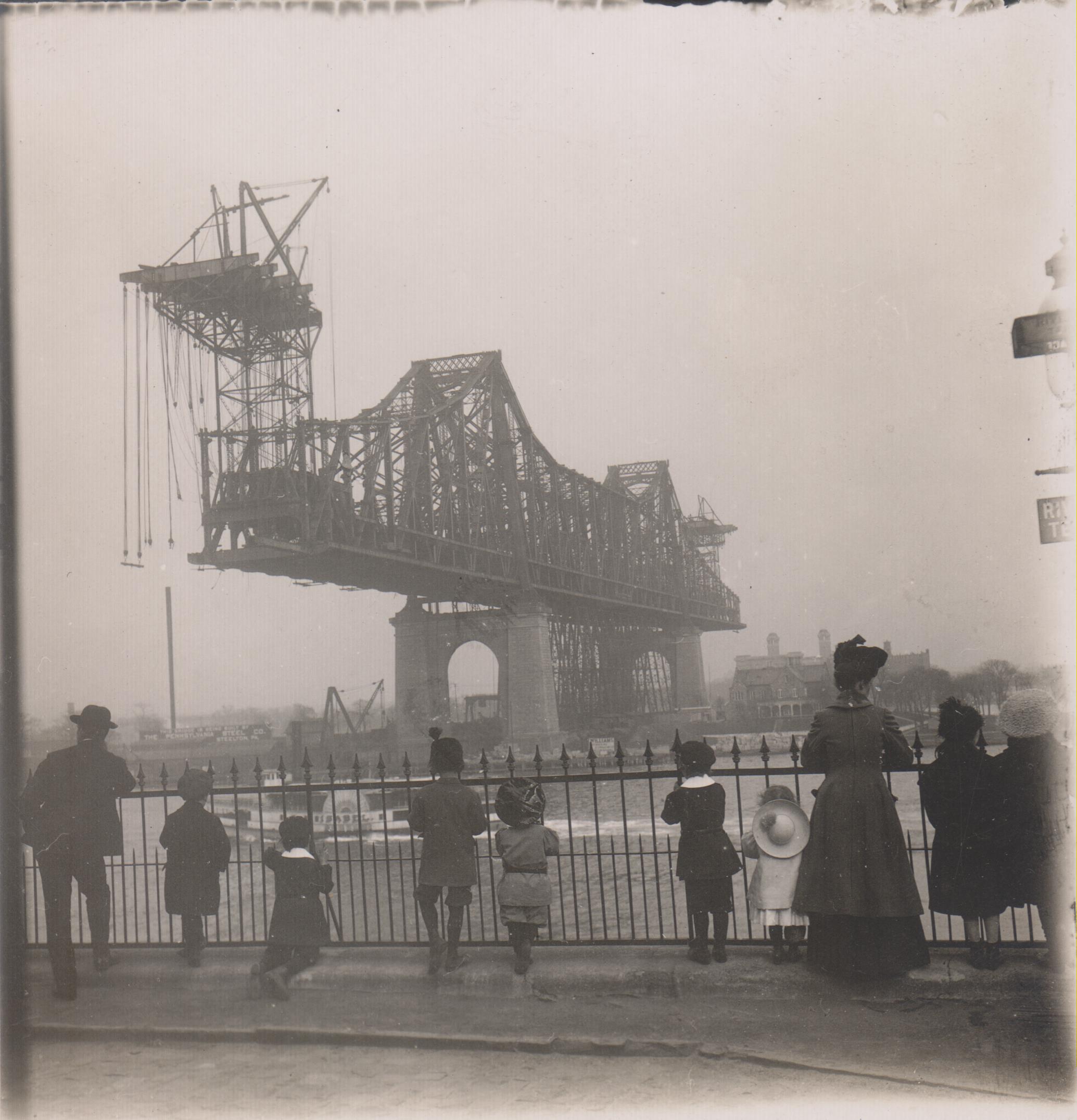
Observing the Queensboro Bridge being erected, circa 1908
Brown Brothers’ headquarters was based at a succession of addresses, which consisted of 156 Broadway as of April 4, 1904, 108 Fulton Street from 1904 to 1915, and the commanding Times Square location of the Fitzgerald Building at 1482 Broadway after 1915, and 220 West 42nd Street as late as the 1940s under Arthur Brown’s management. At their 156 Broadway address, they were noted as illustrators and correspondents, and the top of their letterhead read, “Constantly receiving photographs from our photographers and correspondents in all parts of the world.” At the time, they achieved over 200,000 original photographs of diverse subjects.
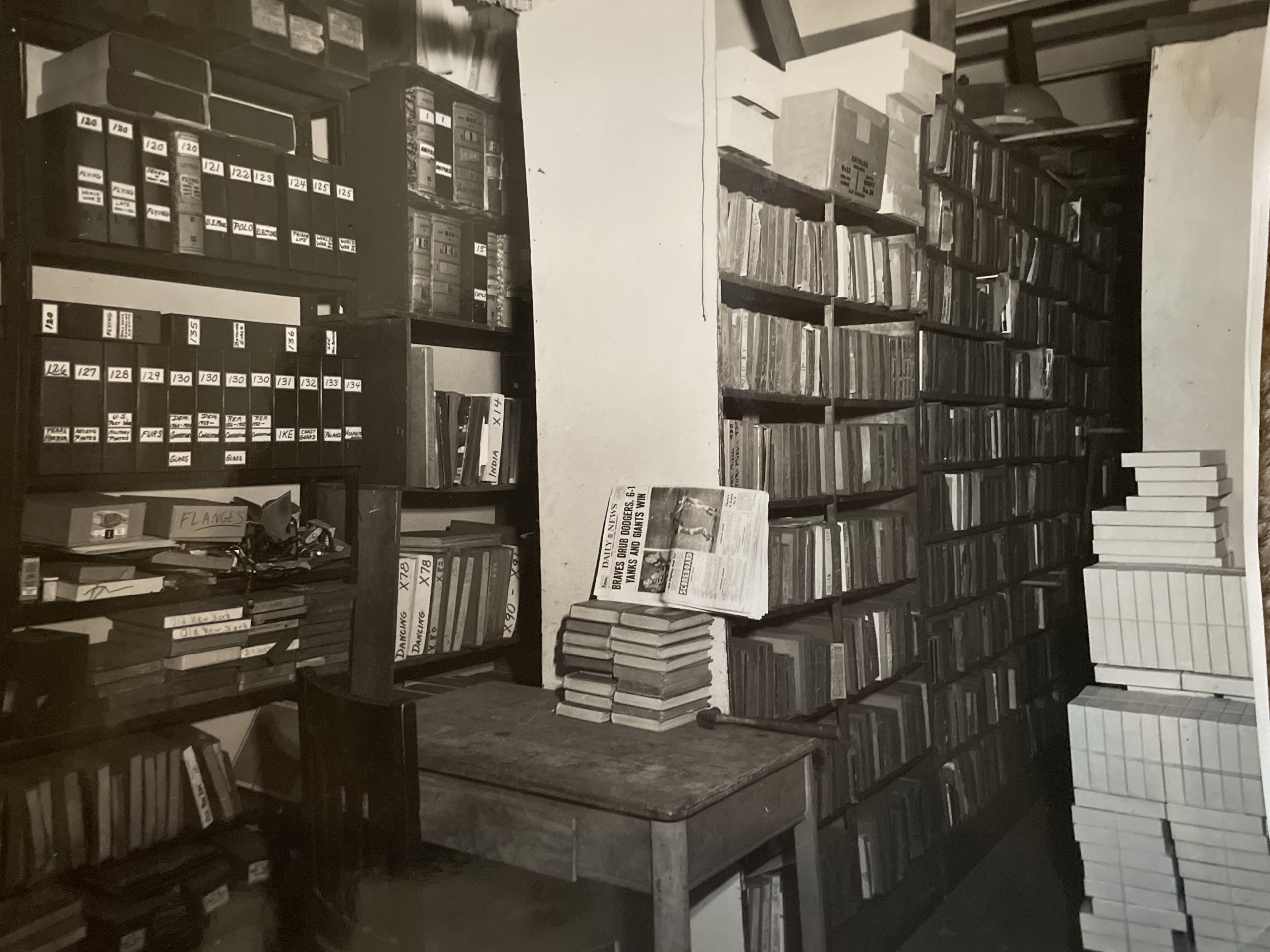
Brown Brothers’ 220 W 42nd St office, Courtesy of Mike Heffner
In November 1972, Brown Brothers migrated from their over 30-year home to Sterling, Pennsylvania under director Harry Collins, his wife Meredith, and their daughter Meredith. Collins estimated an inventory of eight million items, and erected a metal fireproof building on a farm to store the collection.
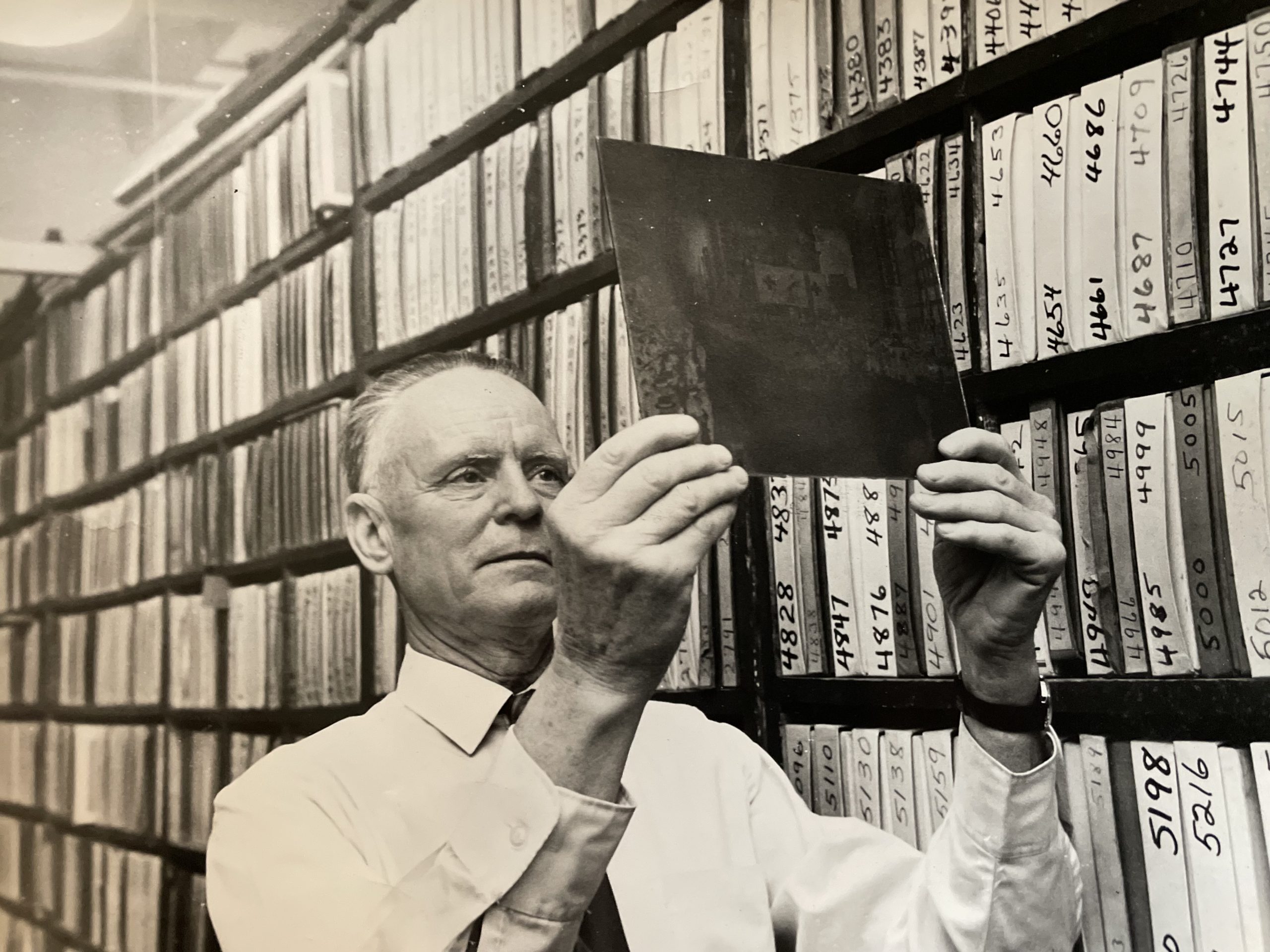
Harry Collins, Owner after Charles Brown & Arthur Brown, Courtesy of Mike Heffner
The firm took some of the earliest photos of Forest Hills Gardens that exist after its initial development. This earliest planned garden community to be inspired by Sir Ebenezer Howard’s Garden City movement, originated in 1909. The Forest Hills Inn and Station Square, as well as the winding streets, parks, and earliest homes were products of masterminds, including principal architect Grosvenor Atterbury, and landscape architect and urban planner Frederick Law Olmsted, Jr. Arthur R. Brown and Charles H.S. Brown, as well as their staff members may have walked in the footsteps of Atterbury and Olmsted, Jr, and witnessed early construction and the finished projects. As a case in point, a composition of distinctive rowhouses along the communal Greenway Terrace with the towering Tudor-style Forest Hills Inn dominating the backdrop is formulated brilliantly, and makes a viewer feel as if the brothers complemented the vision of Atterbury and Olmsted. Residents of today honorably walk in the footsteps of our exceptionally talented ancestors.
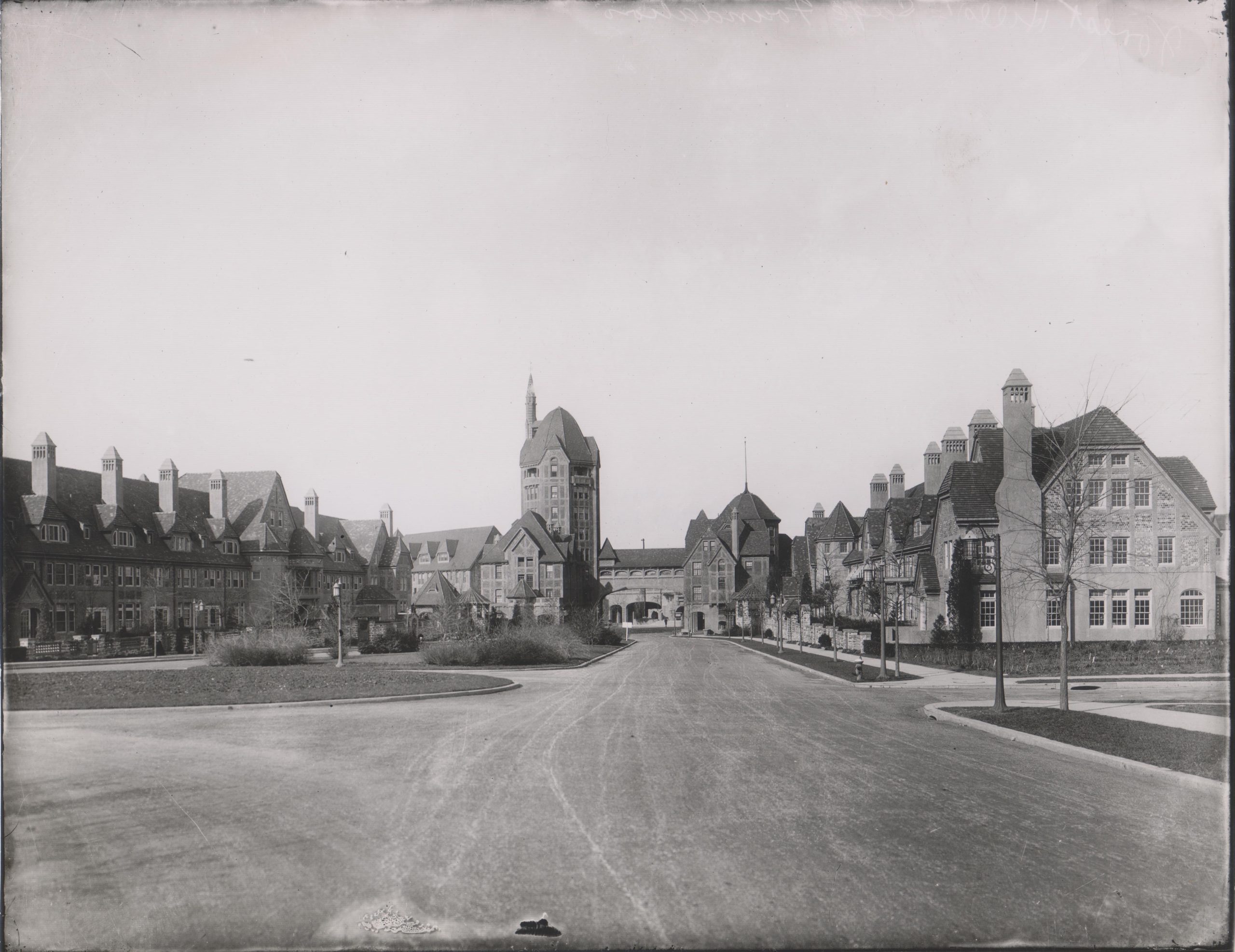
Greenway Terrace facing the Forest Hills Inn
Charles H.S. Brown was born in 1874 in Hoboken, New Jersey, and was the senior founder of Brown Brothers. He passed away in April 1926, and was survived by widow Edith Owen Brown, a son named Barclay Brown, and his brother, Arthur Brown. He last resided at 411 West 115th Street, an architecturally intact six-story building, where “The Colonial” is inscribed above the pilastered entranceway.
Arthur R. Brown had Scottish roots and was also born in Hoboken. He passed away in April 1950 at age 73, and last resided at 305 Lincoln Avenue in Rockville Center, Long Island. He and his brother were sons of a brownstone contractor. His career originated as a book salesman under Harper Brothers and Scribner, and selling three-dimensional effect stereopticon photos for another well-known firm, Underwood & Underwood.
When surviving brother Arthur Brown was asked by New York Evening Post journalist Agnes Adams for her April 15, 1936 article about his definition of a good picture, he replied, “One that tells you the whole story without a word being written about it.” This was his photographic philosophy, which indeed generated success.
Her feature read, “The Brown files contain plates and prints of most of the important people and events from that period (1904 founding) to this (1936 interview): the first Johnstown flood and now the second Johnstown flood, parades to celebrate national joys and sorrows, famous people photographed in various stages of their rise and fall, gadgets, machinery, buildings, beautiful women. In fact, it’s more of a chore to find something Mr. Brown hasn’t photographed than what he has.” Prior to newspapers having their own photographers, he would serve a number of publications. Early on in his career, he took the photos and employed twelve photographers, but as of 1936, he remained in his office and employed five photographers.
Certain prints from photographs were bestsellers, and a prominent subject matter generated $1,500, which is equivalent to an estimated $34,305 in 2025. “He saw, coming out of St. Bartholomew’s on Easter morning in 1905, two women who he thought looked worthy of a picture. He stepped up and snapped them, just as they were about to drive off. They were the late Mrs. Cornelius Vanderbilt (Alice Claypoole Vanderbilt) and her daughter, Gladys, who later became the Countess Laszlo Széchenyi,” the author stated.
An essential component to a superb product was nerve, which included being present where Arthur Brown and his staff were unwanted. He also felt that photography was not significantly improved over yesteryear, but rather different. A scenario was provided. “New York, for example, used to be typified by the Flatiron Building. Next it was the Woolworth Tower; then the Empire State. Now hinterlanders – and localities, too – are asked to look at Radio City and see New York. But in all the pictures, the photographer was supposed to make the buildings look as tall as possible.”
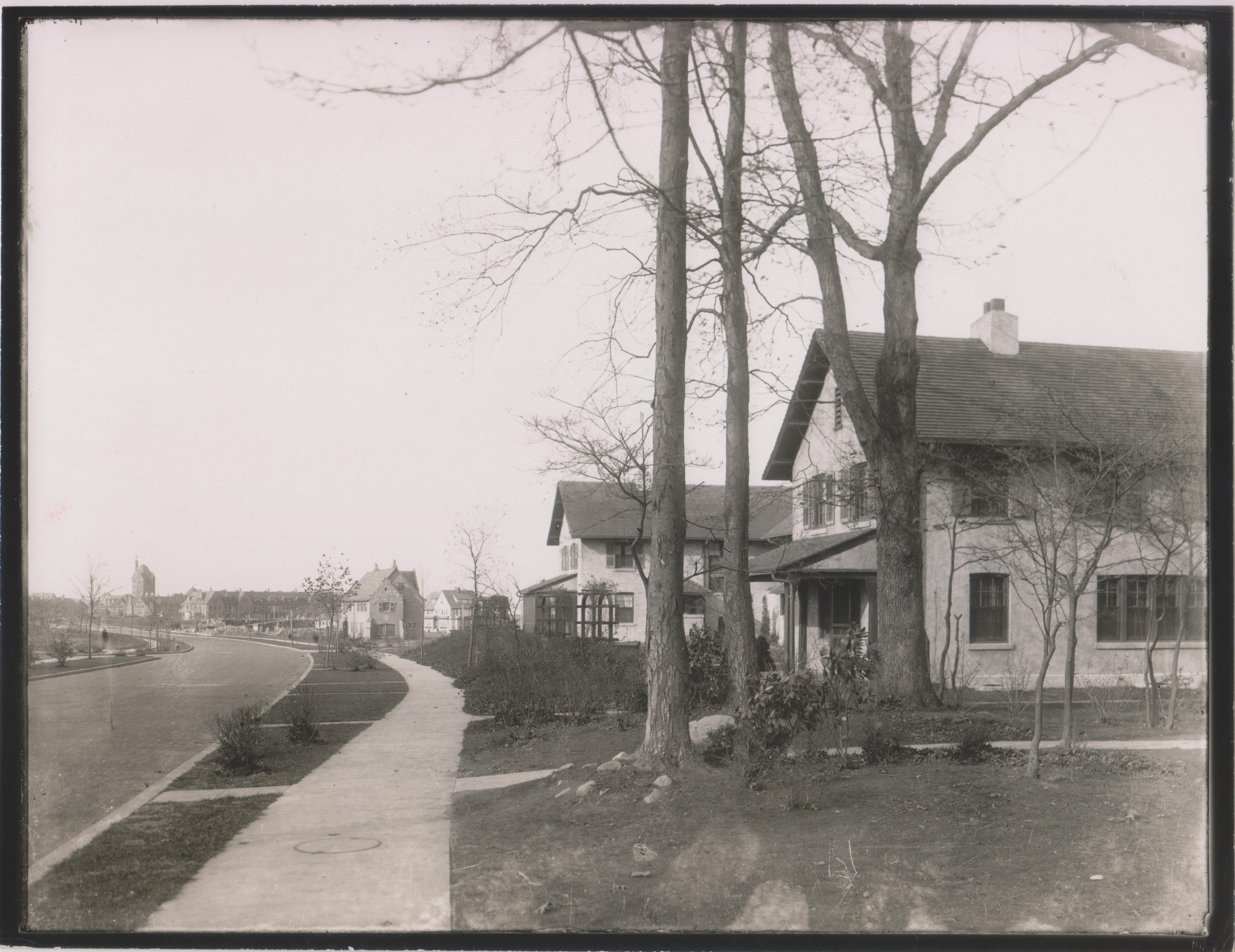
114 Greenway North toward Puritan Ave, Circa late teens – early 1920s
Arthur Brown’s ticket into the business stemmed from the historic medium of stereopticon, in which it was a commonality for most homes to own one. This device enabled looking at two identical prints adjacently mounted, and one image could be viewed. Back then, males were able to pursue their college studies, often by generating profits through selling stereopticon views, but in the thirties, history repeated itself through magazine sales. Adams wrote, “Stereopticon printmaking and selling was a flourishing business (at the turn of the century), and Mr. Brown undertook it after being a promotion manager for a monthly publication. He soon found that local pictures were needed. He could get plenty of views of the Eiffel Tower, the House of Commons, the Taj Mahal. What he didn’t have were the Battery and the Brooklyn Bridge.” This was the steppingstone for a photographic team that he could call his own, and ultimately his firm.
“The most popular print which the studio has is one of the late Theodore Roosevelt laughing in a way best to show his much-caricatured teeth. It is a pitilessly frank relief map of his face. It also reveals that the late ex-President didn’t always have his clothes immaculately pressed. But it’s what is called a speaking likeness, and Mr. Brown sells about two dozen prints of the picture every year. It tells the story of the man,” she wrote. This 1912 image was taken by renowned news photographer Charles Duprez (1888 – 1967), a New Jersey native, outside of Roosevelt’s home, which he referenced as a “routine” photo. He documented Manhattan from atop the Woolworth Building, which became the world’s tallest building in 1913.
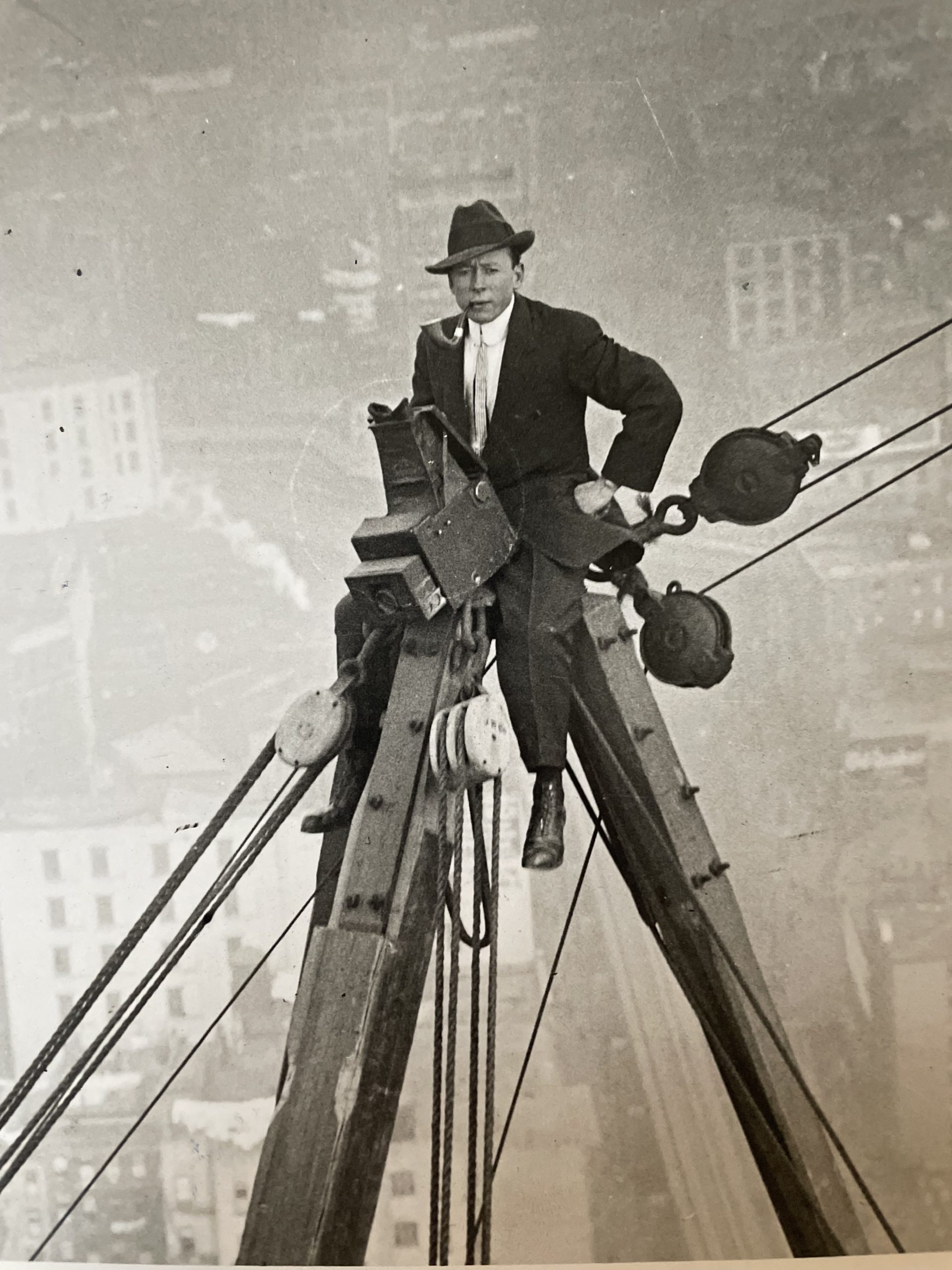
Brown Brothers photographer Charles Duprez atop Woolworth Building, Courtesy of Mike Heffner
Another famed Brown Brothers photographer was “baseball lensman extraordinaire” Charles Martin Conlon (1868 – 1945) of Albany, New York, whose acclaimed photos became the basis of baseball cards. He captured what is regarded as baseball’s greatest action photo (1909), where Ty Cobb slides into third base under the leg of Jimmy Austin, who played third for the New York Yankees.
A significant photo that Arthur Brown captured was 27th President William Taft and 28th President Woodrow Wilson exiting The White House at the latter’s inauguration. Outside of the studio, he amassed many cameras at home. On vacation, he would take pride in photographing his grandchildren. He was also a collector of earlier photographs, and copies of steel engravings and woodcuts predating photography. Due to their distinctiveness, it inspired illustrations for book and magazine publishers, and newspapers. Among his most prized collectibles was a print of the earliest sunlight picture of a human face ever produced; Dorothy Catherine Draper circa 1840, photographed by her brother, John William Draper, an NYU professor.
Greenpoint native William Henry Zerbe (1864 – 1943), who last resided at 86-08 121st Street in Richmond Hill, was a member of Brown Brothers as of its early days. He joined The New York Herald in 1913 and was an organizer of the New York Press Photographers Association, along with Arthur Brown and colleagues. Notable for his artistic quality, he was featured in one-man exhibitions at city museums and galleries, and earned a membership in the Royal Photographic Society of England.
On eBay, one of their many superb series feature public school students in academic and shop classes, libraries, playgrounds and gardens, or sitting in their jackets in a cold schoolhouse with an open door, presumably at the time of early 20th century illnesses. Brown Brothers captured the ambiance vibrantly, and the sense of nostalgia communicates with current generations, evoking memories and initiating discoveries. The spirits of yesteryear can be grasped.
The field of deltiology has been influenced by Brown Brothers’ expertise through early 20th century postcards, where true to life and vibrant color schemes were applied through lithography tools. An example is a Divided Back Era “Grant’s Tomb at night” postcard. It reads, “The spectacle of the illumination and firework display of the battleships on the occasion of the last Presidential revue was one of the grandest ever witnessed. Grant’s Tomb, situated on an elevated section of Riverside Drive, directly overlooks the Hudson and is visible for miles across the river, a prominent landmark and memorial of a glorious period in the history of the United States.”
Lelands, a notable sports cards and memorabilia auction house, acquired Brown Brothers and its archive in 2020. “I handled many photography archives in my 40-plus years in the business, but the Brown Brothers archive is by far the most diverse,” said President Mike Heffner of Lelands in Matawan, New Jersey. Generations of photographers and collectors have been greatly inspired by Brown Brothers’ quintessential work. “It gives me a good feeling to know that the Brown Brothers photographers will always be remembered and admired through their contributions to the photography world. They deserve this, as many were innovators,” he continued.
Lelands’ goal has been to preserve the collection while making it available to the public by selling many images. “Just by having their photos out there in the form of prints and media, their legacy will be preserved forever,” said Heffner.
He also had much to share about Charles and Arthur’s legacy, as well as their colleagues. “Although they are no longer with us, their visions will live on forever. They deserve more credit than they get. Considering that they were one of the very first stock photography houses in the world, they were 100 years ahead of the times. Their ability to assemble an archive and hire some of the best photographers in the world is truly astonishing. They not only began taking photos in the early 1900s, but they also began purchasing photography collections at that time. Some of these collections date back to the 1870s.”
“I would be very happy if there was a project solely dedicated to these men and their creations,” said Heffner, referencing commemorative projects, such as a mural, exhibition, and street co-naming.
Curt Schmidgall is the owner of BBC Emporium in Burlington, Iowa, another notable auctioneer of sports cards and photo memorabilia, which has been appearing on eBay. “Acquiring a portion of the Brown Brothers archive felt like purchasing a time capsule of Americana that provided a glimpse of early American life and culture. It is rewarding to research and rediscover these photographs, and get them into the hands of collectors and historians who can properly enjoy and display them,” he said.
One of the main pursuits of a collector is to recapture their childhood or collect historical items in their most original form, according to Schmidgall. “Original Type 1 photographs are not only tangible items from the time period, but they capture a visual representation of the subject that is unique from other collectibles.”
He feels inspired by how they are one of the oldest and longest existing photography companies in America. Additionally, he explained, “What stood out most to me was the Brown Brothers’ breadth and diversity of the photo subjects. While their photography had a heavy emphasis on NYC-related subjects, their photographs spanned many countries, subjects, and decades.” Given the historical contributions of their work, he also feels that they merit public commemoration.
Robert Hof and his wife Susanna Hof reside in Forest Hills Gardens, and even their families have called Forest Hills home for six generations. They are the principals of Terrace Sotheby’s International Realty, and have been inside nearly every Gardens house. When the Brown Brothers’ Forest Hills Gardens photos were brought to his attention, he was determined to help identify their locations, since additional early 20th century developments transpired. He explained, “I would like to express my gratitude that Brown Brothers immortalized these locations. I wonder what their motivation was. Perhaps it was a business venture, or purely for posterity. I am impressed with their whole line of work. Landmarks make us feel grounded. Underneath, we are all on the same ground, but until you start to develop, you have places that are memorable.”
